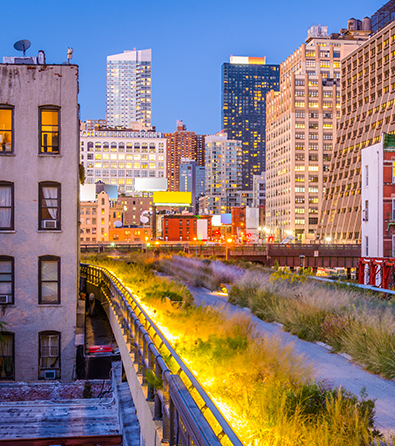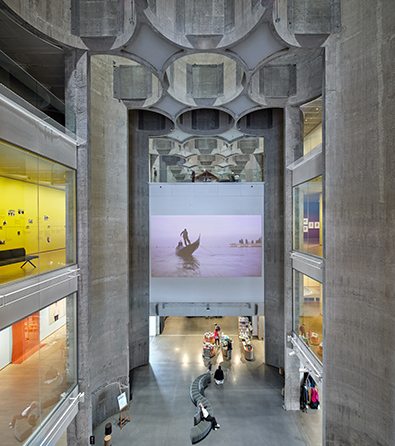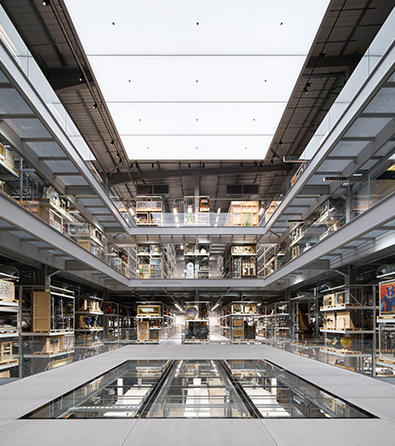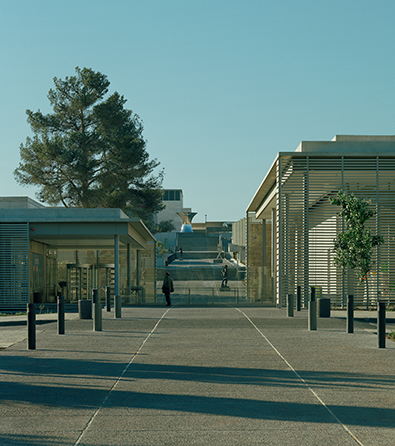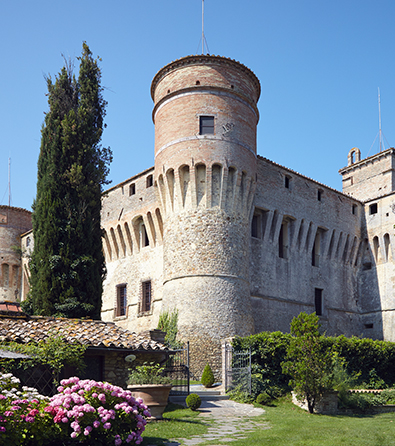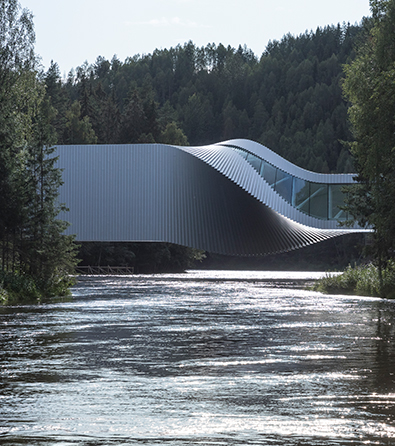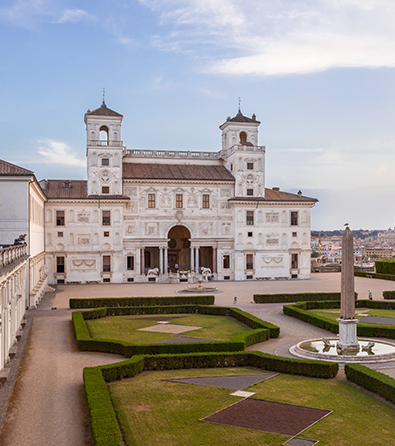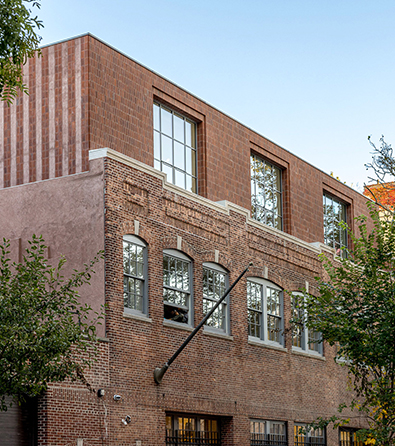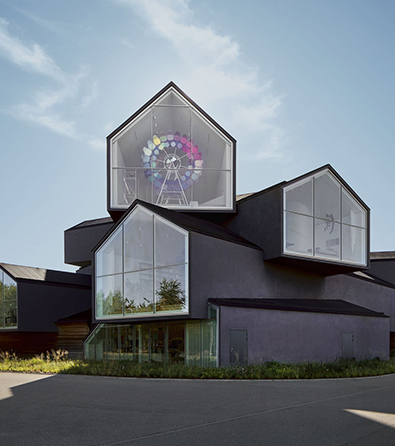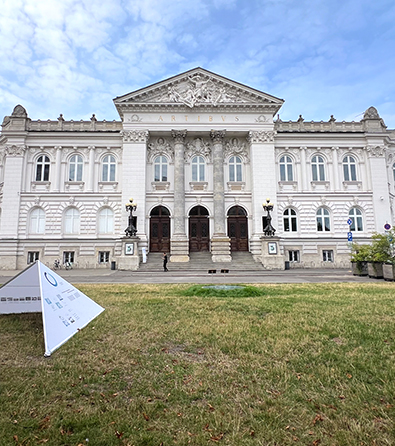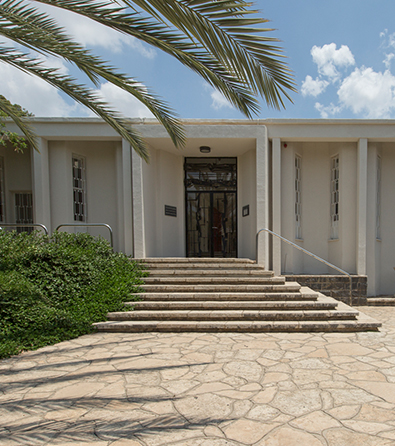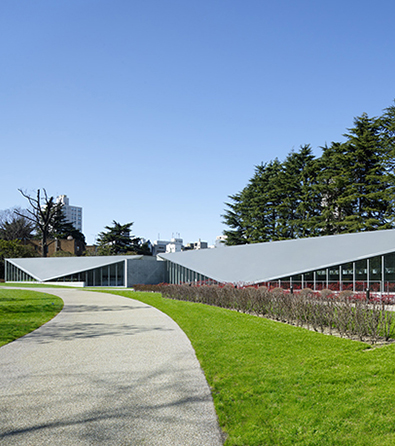Watch the short lecture on Caravaggio’s artwork (4 minutes) at the top of the page.
* To watch this film, please approve YouTube/Vimeo cookies via the blue cookie icon at the bottom left of the screen.
Are you planning a trip to Rome and searching for cultural attractions to visit? Don’t miss the opportunity to see one of the greatest Renaissance paintings of the 17th century, The Conversion on the Way to Damascus, by Michelangelo Merisi da Caravaggio, at the Basilica of Santa Maria del Popolo. Painted in 1601, this famous painting was commissioned for the Cerasi Chapel of the church of Santa Maria del Popolo in Rome. It is located across from another Caravaggio masterpiece, The Crucifixion of Saint Peter. On the altar between the two paintings is the Assumption of the Virgin Mary by Annibale Carracci. This arrangement of artworks creates a powerful display of Baroque art in one of the most beautiful churches in Rome.
Caravaggio was a genius and pioneer renowned for his realistic paintings of biblical stories. His attention to detail and virtuoso use of light and shadow were revolutionary for his time and emphasized man’s dark, fragile, and cruel side. The Conversion on the Way to Damascus showcases Caravaggio’s unique style of tenebrism, characterized by strong contrasts between light and dark, to create dramatic effects that make the painting even more intense.
The incident depicted in The Conversion on the Way to Damascus expresses the event described in Acts of the Apostles, in which Saul, a Pharisee infamous for persecuting Christians and participating in the stoning of Saint Stephen, underwent a transformation and became a follower of Christ after encountering him on the road to Damascus. This dramatic change, known as the Damascene conversion, led Saul to change his name to Paul and become an apostle. The pivotal moment of this event was marked by a powerful religious experience, and Caravaggio’s artwork captures the moment when Saul is thrown off his horse, depicting the intensity of this moment of revelation.
The painting’s composition is unusual, with Saul lying on the ground, much smaller than the horse, which is also at the center of the work. This technique creates visual tension and emphasizes Saul’s spiritual transformation. The painting is not only a powerful representation of a biblical story but also a stunning example of Baroque art.
The Basilica of Santa Maria del Popolo is located on the north side of Piazza del Popolo, near the Popolo Gate. Inside, you can also see artworks by other renowned artists, such as Raphael, Gian Lorenzo Bernini, Alessandro Algardi, and Donato Bramante.
If you want to learn more about the intrigues between Italian Baroque painters and the birth of the modern ‘self’ expressed in Caravaggio’s painting, check out the video featuring art expert Jonathan Hirschfeld accompanying this article. Don’t miss the chance to see this magnificent painting and other masterpieces in their original locations during your visit to Rome.
The featured video is part of the web series The Treasure by Shachaf Dekel.
Are you planning a trip to Rome and seeking the best cultural experiences, ranging from classical to contemporary art venues? Look no further! Explore the Culture Treasure travel guide to Rome for insider tips on top galleries, museums, and architectural landmarks. Discover Rome’s rich artistic heritage and make your visit truly unforgettable with our expertly curated recommendations.

